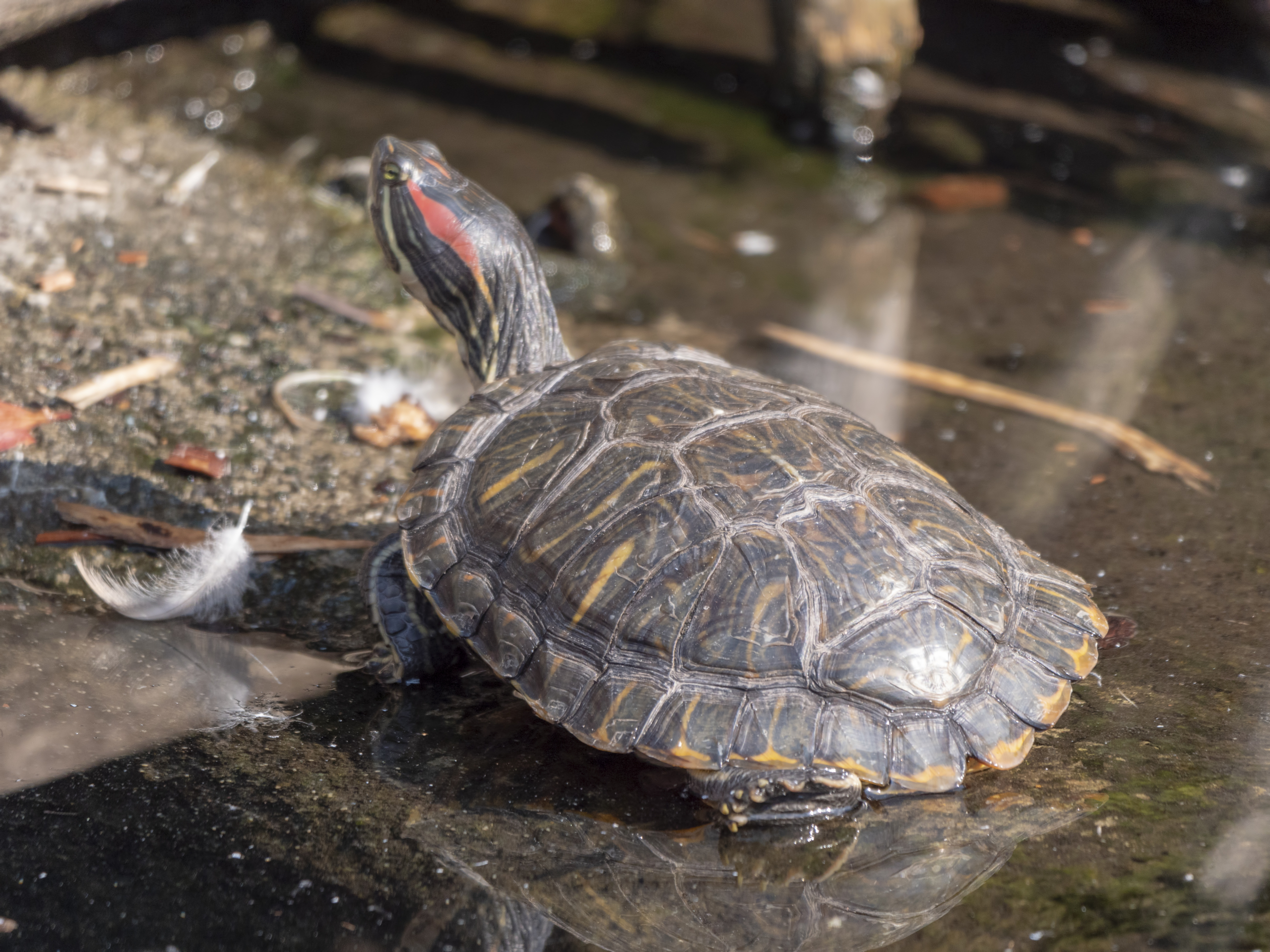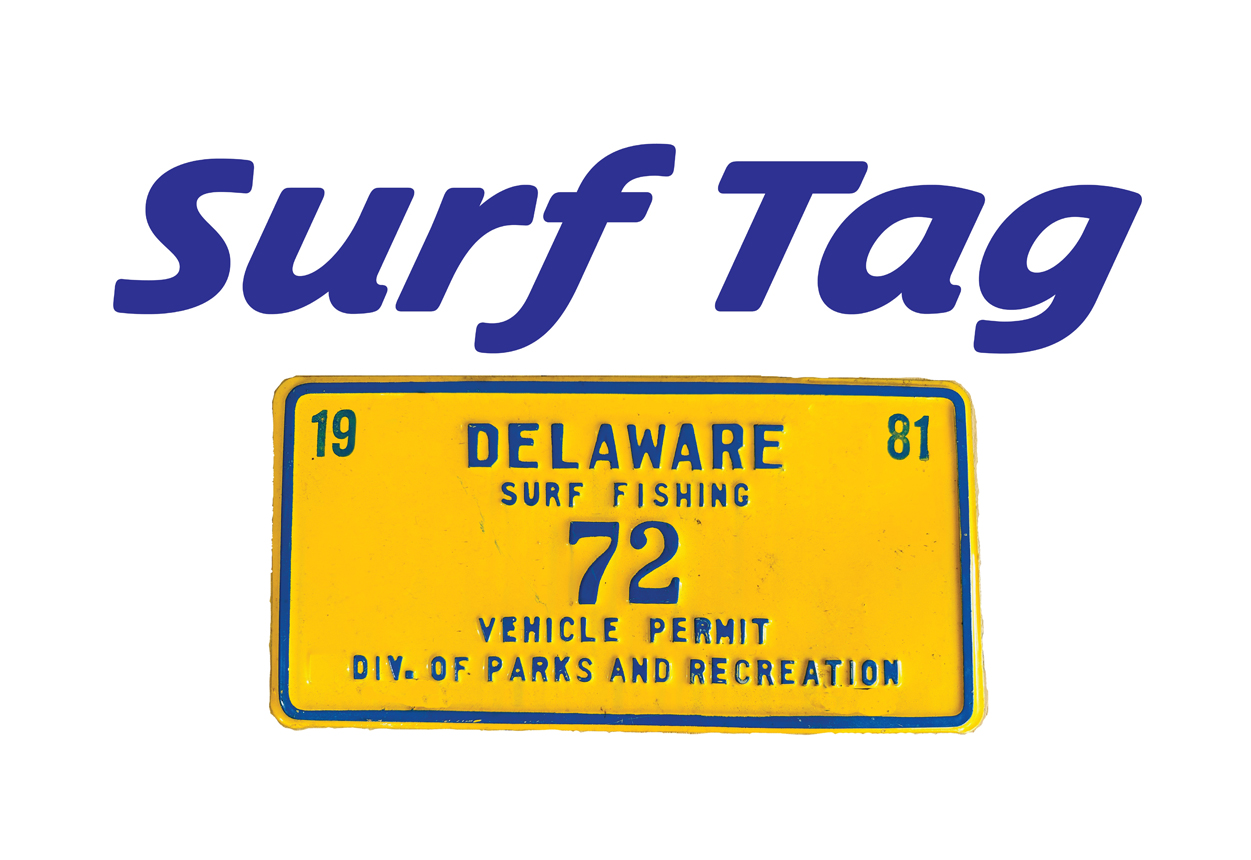Turtles of Delaware: A Closer Look at the Locals
Written July 26, 2023 – Natural Resources | Wetland Animals
Summer in Delaware has a way of pulling us outside. Whether you’re wading through a stream, walking the trails, or just sitting near a pond, chances are you’ve crossed paths with a turtle or two. With 14 species in the state, you’re almost guaranteed to see one if you’re paying attention.
Turtles turn up just about everywhere—saltwater bays, forest ponds, sunny meadows, even crossing roads after a summer rain. The question is, when you spot one… do you know what you’re looking at?
Let’s meet a few of Delaware’s more recognizable turtles—some common, others rare, all worth noticing.
🐢 Eastern Box Turtle
(Terrapene carolina)
These are the ones you’ll probably stumble across in the woods—small, colorful, and patterned like little works of art. Each shell is different: black and gold, sometimes with hints of orange. They have piercing red eyes and a slow, deliberate way of moving, like they’re not in any hurry to be anywhere.
Box turtles love forest floors and wet, leafy places. I once found one halfway through a mushroom snack—totally unbothered, just doing its thing.
🐢 Diamondback Terrapin
(Malaclemys terrapin)
Terrapins are something special. They’re the only turtles in Delaware that live in saltwater marshes, and they’ve got style—spotted skin, bright white mouths, and a chill way of floating just under the surface of tidal creeks.
Females can grow twice as large as males, and they love fish like silversides and menhaden. But their beauty hides a tough reality: many die in crab traps or are struck crossing Route 1 while looking for sandy places to nest.
Turtle excluder devices on crab pots help, but they’re not yet standard everywhere.
🐢 Common Snapping Turtle
(Chelydra serpentina)
If box turtles are the introverts of the turtle world, snappers are the tank-like extroverts you don’t want to mess with.
These giants can weigh over 30 pounds and stretch nearly a foot and a half long. With spiky tails, wide mouths, and surprisingly long necks, they’re built like prehistoric warriors. You’ll find them in ponds, streams, and marshes—and sometimes in the middle of the road during nesting season.
Word of advice: give them space. They’re strong, fast when they want to be, and not shy about defending themselves.
🐢 Bog Turtle
(Glyptemys muhlenbergii)
You’re not likely to run into this one—and if you do, count yourself lucky. The bog turtle is tiny, only about the size of a cracker, and it’s critically endangered.
They live in specific kinds of wet meadows and bogs, surrounded by sedges and grasses. With dark shells and a distinctive orange patch on each side of the neck, they’re beautiful but hard to find.
Their biggest threats? Loss of habitat and human development. These little guys need wide-open wet meadows to survive—spaces that are disappearing fast.
🐢 Red-Eared Slider
(Trachemys scripta elegans)
You’ve seen these before—maybe in someone’s aquarium, or basking on a rock in a local pond. They’re easy to spot thanks to the bold red stripe just behind each eye.
Here’s the thing though: they’re not originally from Delaware. People often release them into the wild when they grow too big for their tanks, and that’s a problem. Sliders can outcompete native turtles and spread disease.
If you’re thinking of getting one as a pet, make sure it’s a long-term commitment—and never release it outdoors.

🐢 Spotted Turtle
(Clemmys guttata)
This turtle looks like someone sprinkled it with yellow paint. Their dark, smooth shells are dotted with bright spots that make them stand out—if you’re lucky enough to catch one above the surface.
They’re small—just a few inches long—and they love shallow, freshwater wetlands. In winter, they vanish under the mud, slowing their heart rate and breathing to almost nothing in a state called brumation (think of it as turtle hibernation).
Sadly, like many wetland creatures, they’re losing ground to development. They’re also targeted by the illegal pet trade.
A Note on Kindness
If you see a turtle in the wild, enjoy the moment. Take a photo. Watch it do its thing. But please—leave it there. Turtles live long, slow lives. Taking one home can ruin its chances of survival, even if your intentions are good.
What if you find a turtle on the road?
It happens more often than you’d think, especially in spring and early summer when turtles are searching for mates or nesting spots. If you see one on the road and it’s safe to do so:
-
Pull over carefully—put on your hazard lights.
-
Move the turtle in the direction it was heading. Never turn it around—it will just try to cross again.
-
Hold it gently but firmly—not by the tail! Support the body from underneath.
-
If it’s a snapping turtle, use something like a car mat, shovel, or stick to help guide it safely across. Avoid putting your hands near its head—they can lunge farther than you think.
-
Don’t relocate it to another area, even if it seems safer. Turtles are deeply connected to their home territory and can struggle to survive if moved.
Your small act of kindness could literally save a life—and help keep Delaware’s native turtle population thriving.
Final Thought
Delaware’s turtles are more than just cute photo ops—they’re part of what makes our wild spaces wild. They’ve been here long before us, and with a little help, they’ll be around long after too.
So next time you’re out in the woods, by a pond, or near the marsh—keep your eyes open. You might just meet a turtle who’s been watching you the whole time.
For more information about turtles around Delaware please click here.
























